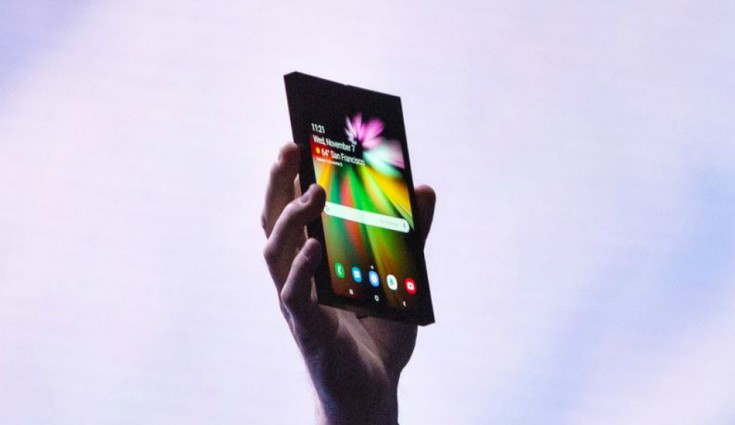Foldable smartphones are set to be the next biggest innovation in the smartphone industry. Although the new trend is a far fetched dream, we saw brands like Samsung and Huawei showcasing its own iteration of foldable smartphones this year.
Although Huawei’s new foldable smartphone is yet to reach the market, it was Samsung that brought the final product to the smartphone industry with the introduction of Galaxy Fold. With this, the foldable smartphone was considered to be the next milestone in the industry and Samsung was praised for this new $2,000 innovation around the globe.
However, it all went on a slippery slope when the reviewers around the globe revealed how faulty was the design of the Samsung Galaxy Fold. We have already written about this in our previous article. That said, a new recent revelation from iFixit also further strengthened the claims that the Galaxy Fold was extremely fragile in nature and it was not fit to be commercially rolled out across the globe.
Samsung did acknowledge the problem and postponed the commercial launch date of its first ever foldable smartphone. However, this has raised multiple questions and the major one of these is: Did Samsung unfold the Galaxy Fold smartphone a bit early?
The answer is Yes. Samsung claims that the Galaxy Fold has a finished product and it went through a series of tests performed in its labs. However, when it comes to real-life scenarios, the company missed some crucial points, The first one is dust or particles. Multiple reports suggest that one of the major problems that cause a fatal flaw in the Galaxy Fold was the dust or particles. The whole problem lies in the design of the foldable smartphone. If you observe closely, you will notice that there is a space between the hinges. This lead to dust or particles entering into the smartphone via the foldable mechanism and thus causing a severe problem of the breakdown of the screen.
Second is the usage of half-baked curved OLED screens. It is true that Samsung is probably one of the biggest manufacturers of display and it even provides its state-of-the-art OLED screens to Apple. But, the company’s latest curved OLED screen seems to be quite fragile in nature. This coupled with the sensitive nature of the OLED as compared to LCD, means that the former needs to be handled with care. So, any intrusion of dirt or stress on the screen could damage it, sometimes it cannot be repaired at all.
Thirdly, the addition of pre-installed protective layer didn’t go as planned. Multiple reviewers said that there Galaxy Fold had a protective layer, which looked like a screen protector. Now, as just like a normal person, one would peel it off to get the real feel of the phone’s screen. Same happened with Galaxy Fold, which resulted in breakage of the screen. Considering the fragile nature of flexible OLED screens, peeling off the protective layer ultimately damaged the screen. Samsung did not rightly placed the warning about peeling off the protective layer on its Galaxy Fold. So, it is safe to say that is the thirst of becoming the number one smartphone company and capture the new trending technology feature, Samsung actually created a half-baked product. It would be interesting to see whether the company will come out with a durable Galaxy Fold in the near future.


